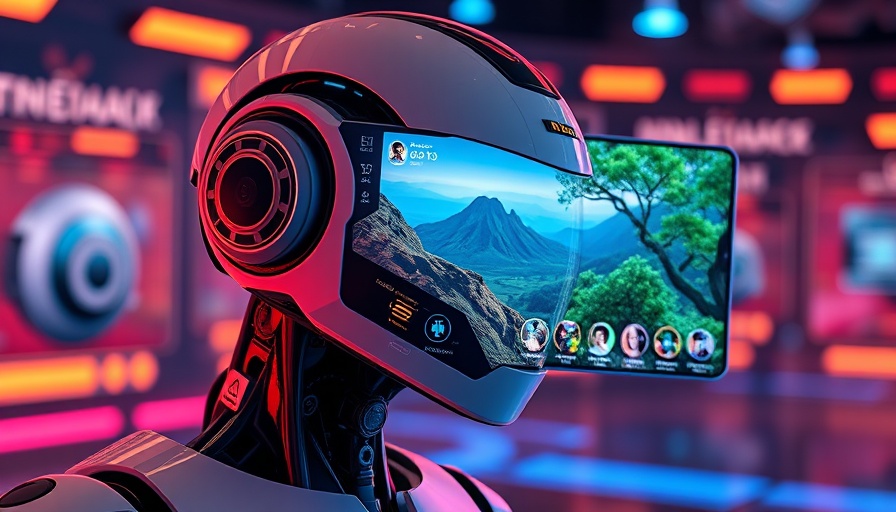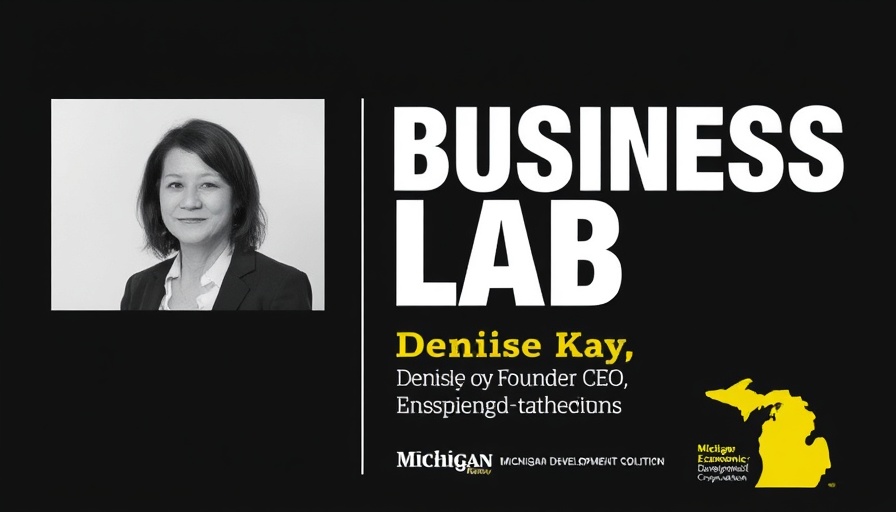
OpenAI Launches the Public Hyperrealistic Video Generator 'Sora Turbo'
OpenAI has unveiled its cutting-edge AI video generation tool, Sora Turbo, to the public, marking a significant step forward in AI-driven creative technology. Announced on December 9, 2024, this launch occurs nearly a year after Sora's initial public demonstration at the beginning of the year. Subscribers to ChatGPT Plus and Pro in various regions—but notably excluding the EU and UK—can access this tool, adding enhanced creative possibilities for users worldwide.
A Step Forward in AI Video Production
Sora Turbo distinguishes itself by transforming text inputs or image prompts into hyperrealistic video clips, spanning 10 to 20 seconds in diverse formats and resolutions, including standard 1080p. This tool offers a unique user interface aimed at facilitating creativity, featuring grid views and a Storyboarding mode. This mode allows users to link multiple clips seamlessly, providing flexibility for both personal projects and professional productions. Additionally, ChatGPT Plus members can create up to 50 low-resolution videos monthly, while Pro users enjoy more extensive capabilities.
Historical Context and Background
The advent of Sora Turbo comes amidst a growing trend in the AI sector towards realistic video creation. The landscape has seen noteworthy developments, with multiple companies launching similar technologies to redefine content creation. Over the years, video generators have evolved from rudimentary animations to producing sophisticated and convincing footage, thanks to advancements in AI and machine learning, positioning Sora Turbo as a potential game-changer in this competitive field.
Challenges and Critiques
Despite its potential, Sora Turbo faces challenges typical of emerging AI technology. Prominent YouTuber Marques Brownlee, an early user, highlighted its tendency to generate unusual artifacts and errors in outputs, such as nonsensical text and unpredictable motion. Moreover, OpenAI has implemented strict regulations to prevent misuse, including restrictions on producing realistic depictions of individuals and prohibiting violent or explicit content. These measures reflect ongoing debates over AI ethics and the balance between innovation and responsibility.
Future Predictions and Trends
Looking ahead, the capabilities of AI-generated videos are poised to expand further. As technology advances, we can anticipate more refined outputs, potentially eliminating current limitations. This evolution holds significant implications for industries such as entertainment, advertising, and beyond, where hyperrealistic video content could revolutionize storytelling and marketing strategies. Businesses and content creators must prepare for these shifts, which promise to reshape the media landscape.
OpenAI plans to introduce varied pricing plans by early 2025, accommodating diverse consumer needs and encouraging wider adoption of Sora Turbo. As the industry continues to progress, we can expect to see even more sophisticated tools entering the market, pushing the boundaries of what AI can achieve in media creation.
 Add Row
Add Row  Add
Add 
 Add Element
Add Element 


Write A Comment